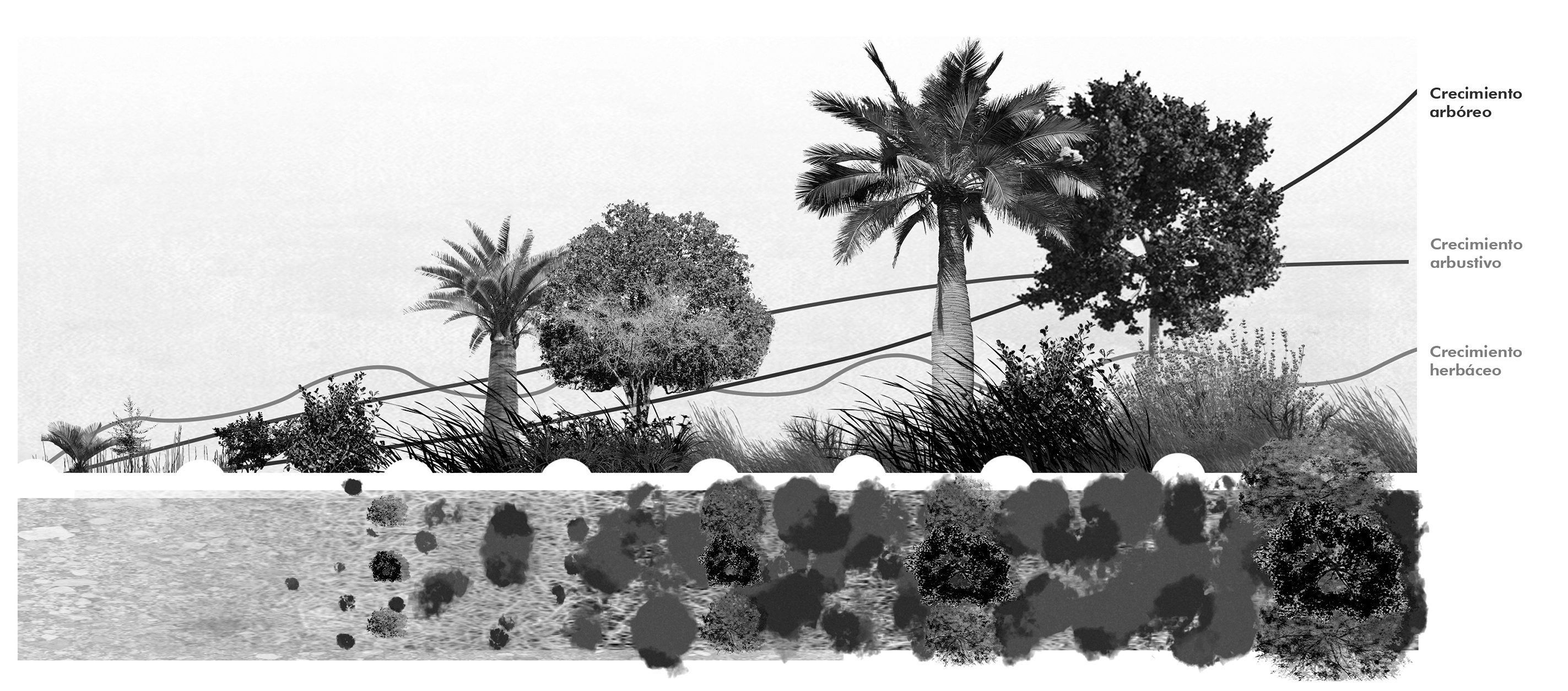Design Strategies for Hillside Revitalization on the Urban Edge of San Cristobal Hill.
Main Article Content
Abstract
The city of Santiago has numerous isolated hills, whose prominence contrasts with their flat surroundings. Their steep inclines have rendered them challenging for development, resulting in their preservation as natural enclaves. However, urban expansion has exerted strong pressure on these sites, disrupting the natural processes. These processes can be restored by installing devices that intervene in the topography. These devices use a program to mediate between the slopes and direct processes perpendicular to the contour lines. They operate within a comprehensive and systematic framework, allowing adaptable strategies to be abstracted and applied to different scenarios, thereby enhancing interaction.
The case of San Cristóbal Hill in Santiago exemplifies this scenario well. As the city has grown and consolidated around it, various devices have been established. However, the northeastern slope of the hill, where urbanization is still underway, lacks the necessary devices to connect the city with the Metropolitan Park.
The current situation has led to the development of solid infrastructure, a decrease in biodiversity, and increased susceptibility to landslides. Within this context, the Santiago Park Cemetery is seen as a potential focal point and a new device is therefore projected, using the extension of the cemetery as an opportunity to foster this exchange. Four types of strategies are proposed: programmatic, accessibility, ecological, and infrastructural. The project creates an intentional topographic form based on the succession of ravines and points recognized in the site, intending to be able to replicate these topographical strategies in other parts of Santiago.
Article Details

This work is licensed under a Creative Commons Attribution-NonCommercial-NoDerivatives 4.0 International License.

